Don't wanna be here? Send us removal request.
Text
Understanding Accountability and Responsibility: Key Differences Explained
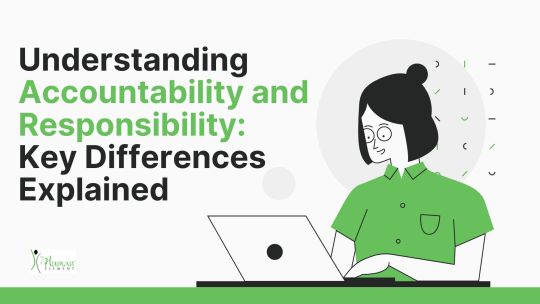
The concepts of accountability and responsibility can be closely interconnected, they also represent distinct aspects of personal and organizational dynamics.
0 notes
Text
Understanding the Kübler-Ross Change Curve in the Workplace

Understanding the reactions of employees is essential for leaders and businesses to be able to manage change efficiently. One of the models that helps to understand the emotional process of change is the Kubler - Rose Change Curve
0 notes
Text
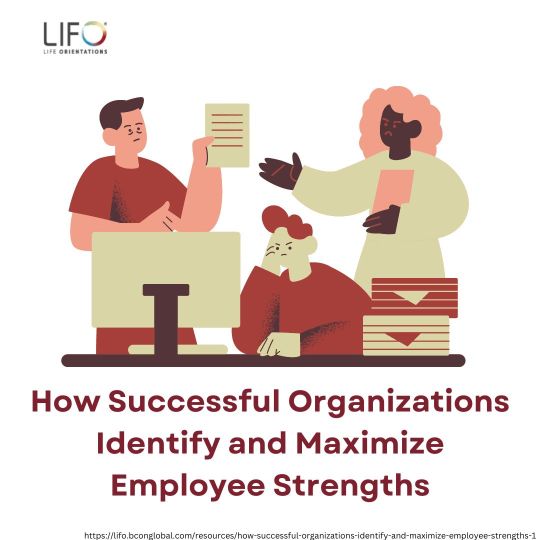
How Successful Organizations Identify and Maximize Employee Strengths
In this blog we will discuss how successful companies recognize and leverage strengths of their employees to boost innovation, engagement and overall effectiveness.
0 notes
Text
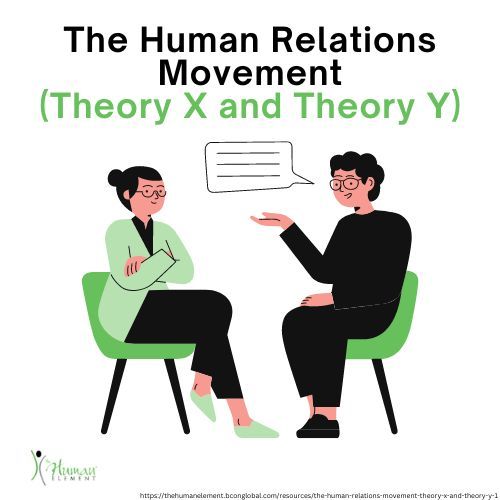
The Human Element: Exploring Theory X and Theory Y in Management
Theory Y and the Human Element Relations Movement, which is exemplified through Theory X and Theory Y have profoundly affected our understanding of the behavior of organizations as well as management techniques.
0 notes
Text

How To Building Your Strengths in the Workplace
Building your strengths in the workplace involves self-reflection, feedback from others, assessment tools, and recognizing what energizes and motivates you.
0 notes
Text
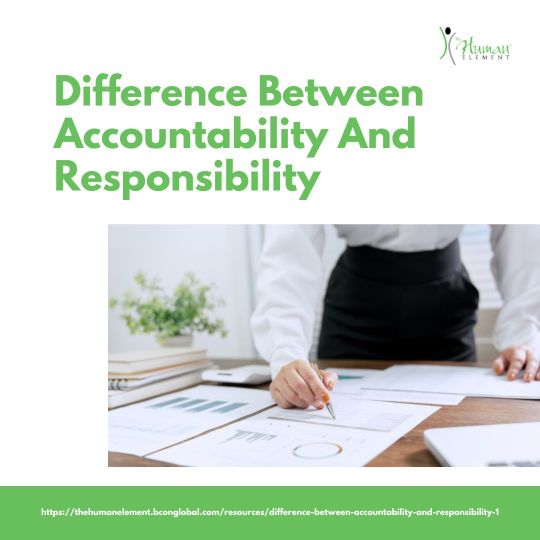
What is the Difference Between Responsibility and Accountability
Understand the contrast between responsibility and accountability. Learn their distinctions for effective decision-making and organizational success.
#Responsibility and Accountability#The Human Element#Accountability Vs. Responsibility#Accountability and Responsibility#Responsibility Vs. Accountability
0 notes
Text

10 Ways to Maximize Workplace Productivity through the Human Element
Solving issues relating to people is the key to maximizing workplace productivity.
0 notes
Text
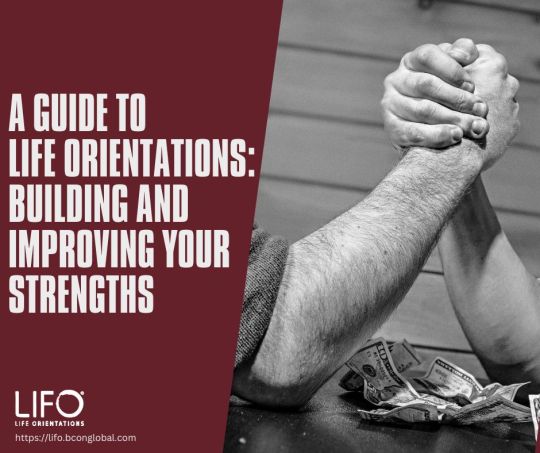
A Guide to Life Orientations: Building and Improving Your Strengths
Recognizing and utilizing your strengths in the journey of personal growth is critical for success and satisfaction. Life orientations can be powerful tools for building and improving your strengths.
https://lifo.bconglobal.com
0 notes
Text

Advantages of Life Orientations (LIFO Method)
Life Orientations (LIFO) method offers personalized advantages by tailoring work-life balance strategies to individual preferences. Recognizing diverse orientations, it fosters well-being, harmonizes personal and professional aspects, and promotes fulfillment. LIFO's adaptability ensures effective navigation of unique life orientations, contributing to enhanced productivity and satisfaction in the workplace.
http://theomnibuzz.com/advantages-of-the-lifo-method/
0 notes
Text

Unlocking Your Full Potential: A Guide to Maximizing Your Potential and Capabilities
Unlocking Your Full Potential" serves as a comprehensive guide, directing individuals toward maximizing their potential and capabilities. Through actionable insights, it empowers personal growth, skill enhancement, and the realization of one's true capabilities. This guide provides a roadmap for individuals striving to achieve their utmost potential in various aspects of life
0 notes
Text
Mastering Common Leadership Styles for Optimal Results
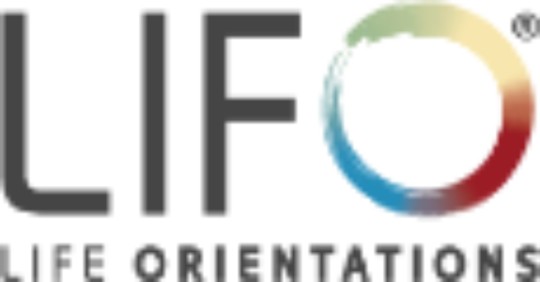
A leader’s leadership style is affected by many factors, including their personality, values, and skills.
Leadership styles also affect how leaders interact with their stakeholders, create strategies, implement plans and adapt to changes.
Most leaders will have a dominant style that they use most often.
Why should you know your leadership style?
It is important to understand your style of leadership as a leader. By understanding your style, you can determine its impact on the people you directly influence. You will be able to identify your strengths and decide which skills you should develop.
Some leaders can categorize and evaluate their style of leadership. But it's not always that clear. Sometimes, the answer isn't so obvious. While they may be able to identify their style, they often exhibit traits from different styles.
A detailed evaluation is an excellent way to learn about your leadership style. Asking for honest and open feedback from those you supervise is a good idea. You can then adapt your style of leadership to suit your daily duties.
1. Transformational Leadership
We have all been in situations when someone took control, communicated to the group, and created a shared vision. Develop bonds, inspire passion, and create unity. The person who does this will be considered a transformational leader.
This type of leadership can be very effective in organizations looking to make significant changes or transformations.
Leadership transformational has several characteristics.
Focus on the Future Leaders who are transformational always look ahead and think of what steps need to be taken in order to achieve the organization's goals.
They focus on change: Transformational leaders are aware that change is necessary for an organization's success and are comfortable doing so. Their followers must be able to adapt and cope with change.
Transformational leaders focus on their followers, and they see their potential. These leaders help their followers achieve their full potential through developing their strengths and capabilities.
2. Delegative Leadership
This style of leadership is one of the least intrusive.
This type of leadership is built on trust. This style of leadership is based on trust.
When team members accept responsibility and are competent in their work, it can be a good leadership strategy. However, delegation may cause conflict between team members and split or divide the group.
This leadership style needs to be reviewed.
3. Authoritative Leadership
It is important to distinguish between the authoritative style and authoritarian leadership. This style emphasizes the follow-me approach.
Leaders with authority often display leadership traits that motivate and inspire others. These leaders provide their teams with guidance, feedback, and motivation. This promotes the feeling of accomplishment or achievement.
A leader's ability to adapt to their team grows as they grow.
Micromanagement is not acceptable when leaders use an authoritative style. This type of leadership can be negative and too controlling.
Learn the skills needed to become a successful global senior leader
The IMD Executive MBA helps you discover new dimensions of yourself as an effective leader capable of delivering a greater impact at a professional, personal level and beyond.
4. Transnational Leadership
The transactional leadership style is also known as managerial leadership. The transactional style relies heavily on incentives, rewards, and punishments.
A leader can use this reward-based system to define clear goals and tasks. They must also specify the way their team is going to be rewarded for their efforts. Rewards come in a variety of forms. But they are typically financial compensations, such as a bonus or pay cheque.
"Give and Take" is a leadership style that focuses more on following existing routines, practices and procedures efficiently than implementing radical organizational change.
Transactional leadership outlines the roles and responsibilities for each employee. However, it can lead to decreasing returns when employees are aware of the value of their work. The company's goals must be aligned with incentives and gratitude.
5. Participative Leadership
Democratic leadership is another name for participatory leadership. It encourages leaders listen to employees and include them in the decision making process. This leadership style requires leaders to be inclusive, utilize good communication skills, and, crucially, be able to share power/responsibility.
A participatory style of leadership encourages accountability, collaboration and teamwork. Identifying and solving problems is usually a collaborative effort made by the entire team.
This style of leadership has been used by many leaders in the past. As the COVID-19 outbreak and the changing working habits (accelerated), have led to more decentralization, this style is more complex.
A participatory leadership style is often characterized as spontaneous, candid and open communication. It can be difficult to maintain this when working in virtual or remote teams.
Participatory leadership is a popular form of leadership that encourages employees to voice their opinions and to be empowered. It will show their importance to the team.
6. Servant Leadership
You should also set a good example and be aware of their goals. It is important to set an example and understand their goals.
Servant leadership involves ethical decision making. It is important to follow the servant leadership model because it encourages team members to share their ideas and work together.
Servant leadership can also improve communication, allowing leaders to avoid conflict by listening to the opinions of their subordinates. The leaders will maintain healthy relationships, a peaceful work environment and be able to listen to their subordinates' opinions.
#leadership style#style of leadership#life orientations skills#lifo method#life orientations teachers
0 notes
Text
The 8 most common types of harassment
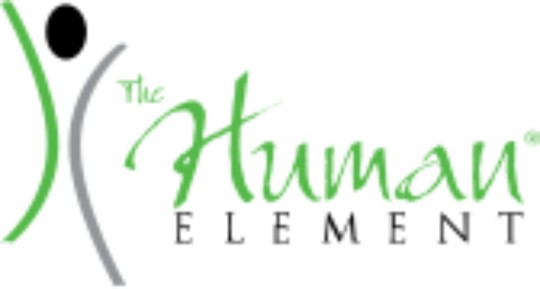
When employees or a group of employees feels threatened or degraded by coworkers, this is called workplace harassment. Employees are ruined by it. Any supervisor, client or customer, colleague or vendor can commit it. The majority of times, workplace harassment is not reported because the victims don't know if they have been harassed and what to do.
Each company is responsible for ensuring a safe workplace. Toxicology in the workplace should be avoided. Otherwise, this will lead to embarrassing suits that negatively impact the public image of your company. Management must remain unbiased if any of these cases are reported.
Harassment: Common types
Management must be familiar with the most common forms of harassment to identify and eliminate discrimination in the workplace. The most common types of harassment are:
1. Physical Harassment
This is a form of workplace harassment that involves physical assaults, threats or intimidation. This is a type of violence at the workplace. Another employee can abuse an employee physically by pushing, slapping, punching, or inflicting other forms of physical abuse. Physical harassment can include kicking or hitting someone, damaging property to intimidate them, threatening behaviour, etc.
Most of these harassments are directed at people who work in the healthcare industry, law enforcement agencies, social services, schools, etc. Even if there is no physical harm, it should still be considered physical harassment. Employers must act firmly and appropriately if the situation gets worse. They must do so based on facts and not try to undermine the case.
2. Harassment of the Person
Bullying is another term for this. This is not illegal or discriminatory. A coworker may receive dirty remarks and insensitive remarks from an employee. This includes insulting jokes, criticism, and intimidation. Personal harassment can be defined as an employer's constant condescending remarks that are directed at the employee. A toxic work environment can affect the victim's performance.
3. Harassment Discriminatory
This type of harassment is directed at someone because of their race, gender identity, disability or sexual orientation. Here are some examples of discriminatory harassing:
(i) Racist harassment: This is harassment of a person based on his or her race, skin colour, or citizenship status. This includes insults and degrading remarks, racist jokes and other behaviors.
(ii) Harassment based on gender: This is when coworkers or supervisors, as well as any other member of the organization, discriminate against someone at work because of their gender. Men or women can be the victims of this type of harassment. This is due to the negative stereotypes about how men and women should act.
(iii). Religious harassment: This is harassment based on someone's religious beliefs. It
Included is intolerance toward religious holidays, traditions, and customs. Also includes mean religious jokes.
(iv). Disability-based harassment. This is harassment that is directed at an individual who has a disability, knows a person with a disability or uses disability services. This includes isolating a disabled person, refusing to provide reasonable and necessary accommodations, etc. A study by the EEOC showed that disability-based harassment accounted for 32.2% cases of workplace discrimination filed in 2018.
(v) Sexually-orientation-based harassment: This is harassment directed at someone who has a different sexual orientation than others. This type of harassing is becoming more and more common. It's a legitimate form of harassment. This type of harassment can affect people from any sexual orientation. A heterosexual man may be teased because he is a hairdresser, while a homosexual male working in a beauty salon.
(v) Age-based harassing: This is when someone is teased, insulted or unfairly criticised, and left out of meetings because of their age. The Civil Rights Act of 1965 protects employees aged 40 or above from age-based harassment.
4. Harassment Psychological
Supervisors constantly ridiculize their ideas and insult them. Employees are harmed. It can have a negative impact on the victim's financial performance. People who are subjected to such harassment tend to suffer from mental breakdowns, have low self-esteem and feel unsatisfied with themselves. This includes claiming credit for another's work and making unreasonable demands.
5. Verbal Abuse
This can be the result if personal conflicts have gotten worse. This is not illegal but it can be very damaging to the victim if unresolved. This includes insults, yelling and shaming of the body, rude gestures or yelling in public. It is illegal to harass someone based on their protected class.
6. Sexual Harassment
Sexual harassment is the most common form of workplace harassment. It includes unwanted sexual advances, conducts, behaviors, etc. This is the most common form of harassment at work. Sexual harassment is illegal and should be taken very seriously. Sexual harassment can be defined as sharing sexual photos, posters or videos, making inappropriate sexual gestures or touching, making sexual remarks, or invading a person's personal space. According to a study conducted by the EEOC, 25-85% of women report having experienced sexual harassment in the workplace. A survey by the Trades Union Congress found that 54% of LGBT BME females have experienced unwanted touch, 45% have reported sexual abuse, and 27% report severe sexual assault.
7. Quid Pro Quo Sexual Harassment
This is a form of sexual exchange agreement. This is when an employer forces the employee to engage in sexual activity in exchange for a job benefit. The harasser, who is usually a top-level manager, supervisor, or manager, will most often be the one to do the harassment. In exchange for sexual favors, the victim may be offered a promotion, an increase in salary, increased opportunities, or to avoid being demoted or dismissed.
8. Cyberbullying
Cyberbullying can take on many forms and strategies. For example, messages that are intended to intimidate or intimidate the recipient, or to denigrate them, criticize them falsely, or otherwise degrade them. Cyberbullying is a form of aggressive behavior that occurs through a digital medium. This is aggressive behavior through digital media. This includes spreading lies about the victim and spreading gossip online, harassing the victim directly, and sharing embarrassing things about them in emails.
These statements can spread out of control and like wildfire. In some cases it can lead to the victim's suicide. Cyberbullying can be documented by the victim and reported to management. The management investigates and takes stern action against the harasser.
The conclusion of the article is:
Management must handle any harassment, whether it is based on age, gender, sexual orientation or other factors, with extreme care. Strict action must also be taken against those responsible. Employers must make sure that employees are aware of the fact that harassment in the workplace is not only forbidden but also punished. All managers, supervisors and employees must receive special training.
Multiple channels must exist for complaints to be filed in an organization. Workforce and technology must be used to monitor the workplace. The members of the organization must be protected with the help of Human Resource Services. The HR department must take on the responsibility of integrating ethics and culture into the organization. HR services should be outsourced to a reputable and experienced agency.
0 notes
Text
Reliable slab lifting services near me by Affordable Foundation Repair We provide professional contractors for sustainable concrete slab lifting in Florida.
0 notes
Text
A healthy self-esteem is one that stands in the middle of the spectrum. But, what happens when one thinks too highly of himself or doesn’t think much of himself at all?
#Self-Esteem#Self-Acceptance#Improve Group Productivity#Improve Team Productivity#Better Teamwork#Enhanced organizational culture#Improve individual Productivity
0 notes
Text
The Human Element is a holistic methodology for improving the way people work together, leading to better individual, team, and organizational performance.
#Improve Group Productivity#Improve Team Productivity#Better Teamwork#Enhanced organizational culture#Improve individual Productivity#Increase Efficiency#Improve Productivity#Improve Personal Strength#increase self-awareness
0 notes
Text
Trouble convincing a potential customer or another department to buy your product, service, or idea, even though you KNOW it's the perfect solution for their needs? Wondering why some people just seem to "get it", while others don't seem to be HEARing you?
#Improve Group Productivity#Improve Team Productivity#Better Teamwork#Enhanced organizational culture#Improve individual Productivity
0 notes
Text
LIFO (Life Orientations) helps identify our strengths, based on the behavioral preference of how to think, how to get things done, and how to deliver information.
#LIFO Trainer#LIFO Method#Life Orientation Skills#Personal Development#Life Orientation Teacher#Life Orientation Instructor#Building On Strength#Improved Performance
0 notes